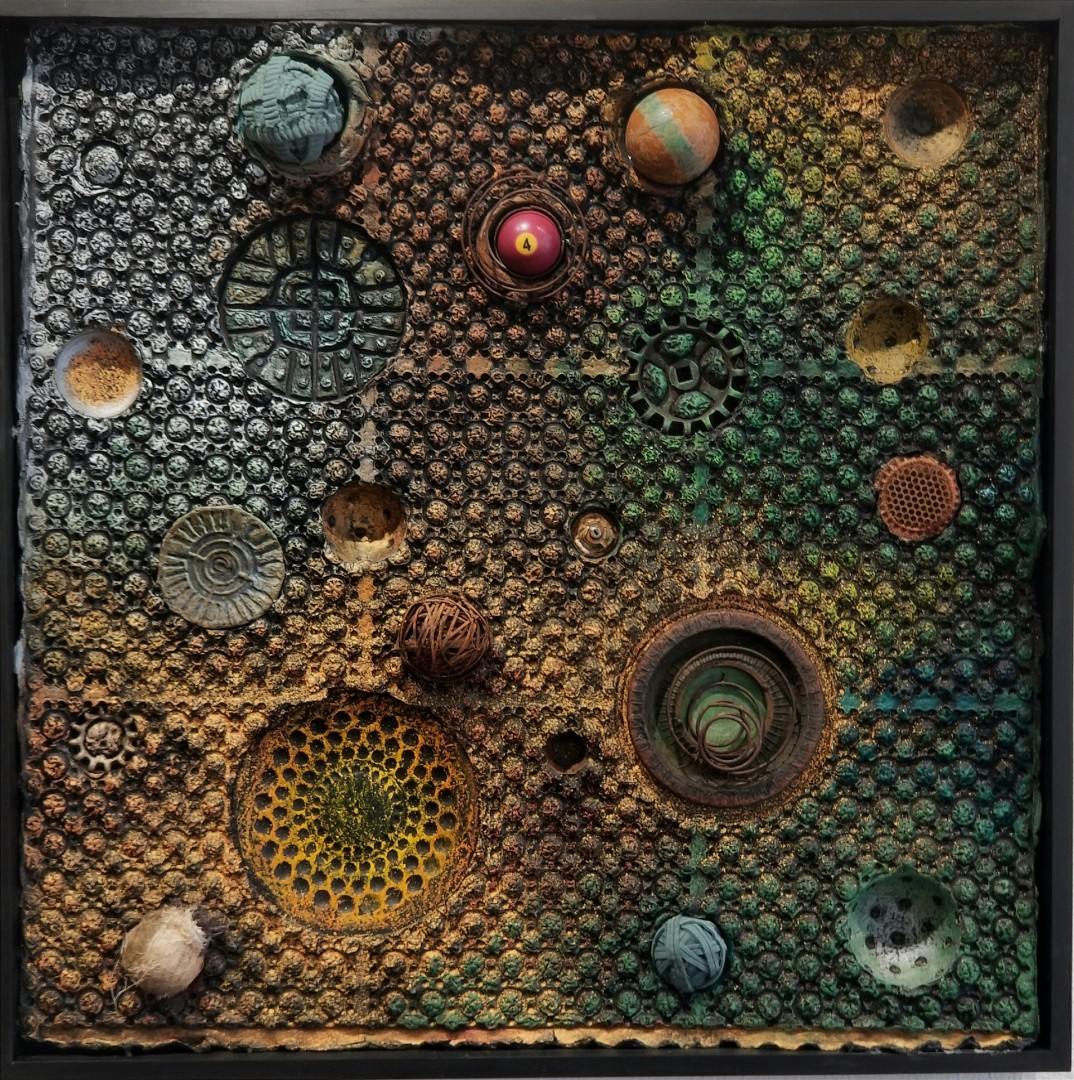Bio
Sculptural paper artist Dawn Wohlford discovered handmade paper during a National Art Educators conference in 1983. After the conference, she returned to Truman State University and read everything she could find about the process and began experimenting with improvised equipment. After earning a BA in 1984, she attended Arizona State University to learn the finer points of the craft. Then she moved to Colorado where she became an apprentice to artist Raymond Tomasso. She gave workshops in Vail and Leadville and produced 150 sheets of nearly identical denim papers for a limited edition book, Strange Papers, assembled and bound in Germany. She earned an MFA in sculpture from the University of Colorado in 1988. She moved back to her hometown in Iowa in 1998 where she became the Visual Arts Director for Quad City Arts, a nonprofit organization. She oversees two galleries and a public sculpture program. Additionally, she serves on the Acquisitions Committee for the Figge Art Museum in Davenport, IA, teaches workshops on papermaking. In her free time, she creates sculptural art using handmade paper and recycled materials, teaches workshops on papermaking, and rides about 2000 miles a year on her bike.
Contact
Artist Statement
I could be the Poster Child for the slogan “Reuse, Reduce, Recycle.” Handmade paper is the basis for the majority of my artwork. I turn old clothes, dead plants, shredded money, and old doormats made of natural fibers into paper pulp. Then I press or “cast” the pulp onto pieces of rusty metal, vintage glass, cardboard, old wood, cracks in the sidewalk and anything else with an interesting surface texture. I seal each paper casting with a coat of paint; then I blend oil pastels, colored pencils or paint on the surface and seal again with clear varnish. Sometimes I incorporate rusty metal, bicycle tubes, animal bones and other found objects into the piece.
My approach to art making is methodical. Each piece is carefully planned and goes through several time intensive processes before reaching its final state. Each stage informs and alters the finished piece. The finished piece aspires to be both a beautiful object and a thought provoking or humorous reflection.
